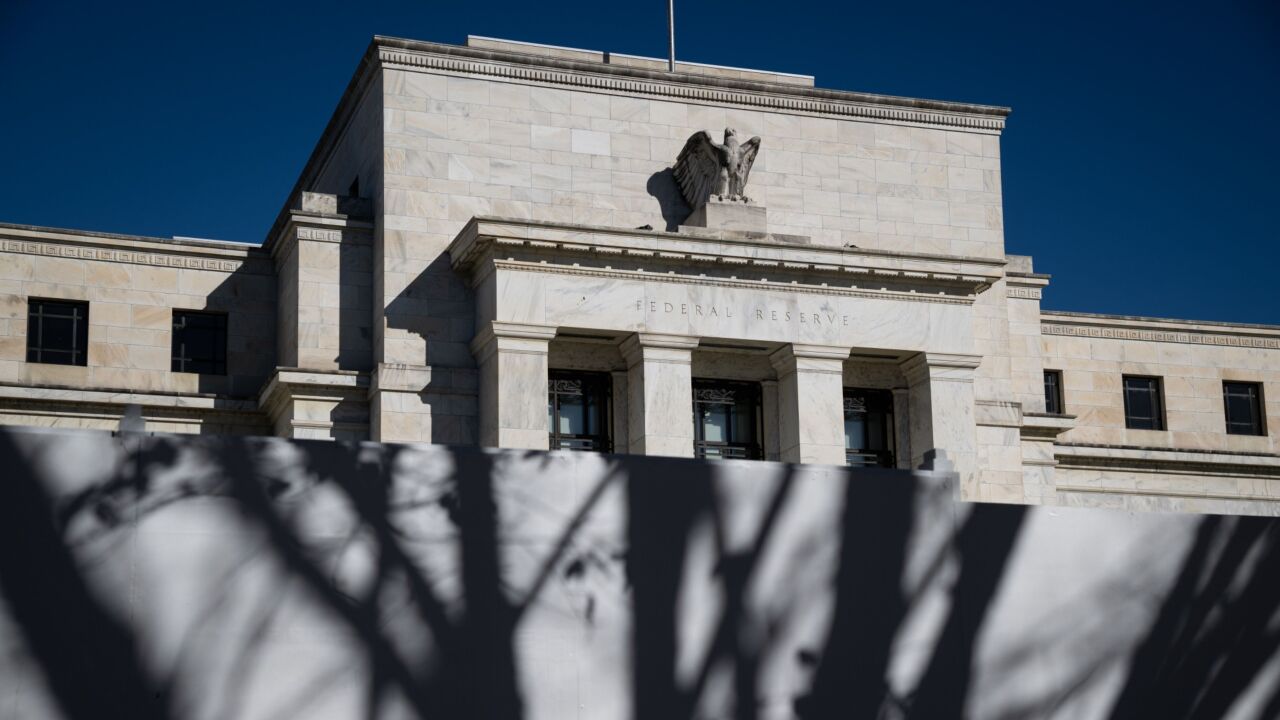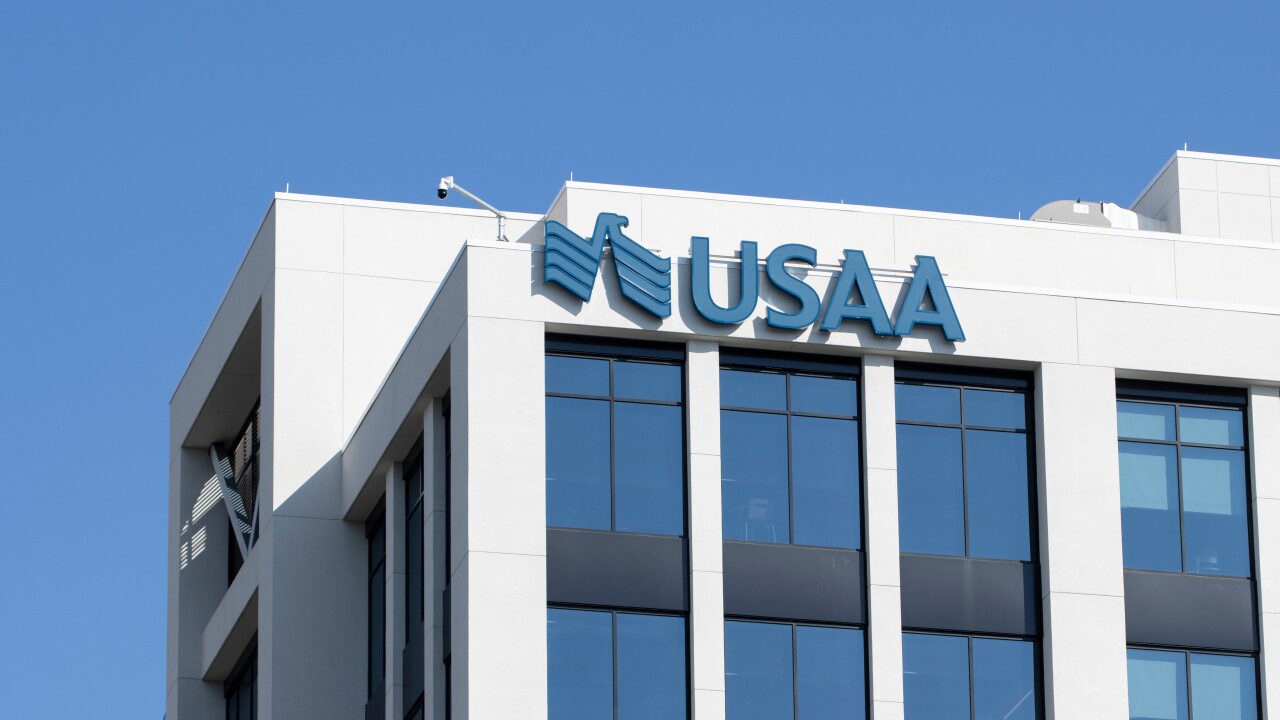Seacoast Commerce Banc Holdings in San Diego has decided to keep more of its small-business loans on balance sheet to stay ahead of fast-changing economic and political conditions, the company said Wednesday.
Many banks are reassessing the strategies that have sustained them in the low-growth, low-rate high-cost years following the financial crisis. Many of these challenges persist, but outlooks have changed since in recent months, as the Federal Reserve hints at more rate hikes and optimism swells for the tax and red-tape cuts sought by President Trump.

It’s not easy. As Seacoast’s CEO, Richard Sanborn, pointed out in a news release, the $570 million-asset bank’s returns in recent years “are partially based on selling SBA loans and recording a gain-on-sale.”
The strategy shift will create some short-term pain, including decreased earnings and lower noninterest income, Sanborn warned. But ultimately it will lead to loan growth and higher net interest income, he argued.
“Over the long run, cumulative net interest income on loans we would have sold are expected to outweigh the one-time gain we record in the quarter of the sale,” Sanborn said. “Our efforts are focused on increasing our long-term core franchise value.”
The release did not specify how many more loans Seacoast will retain, but SBA lending is central to its business model.
It funded $241.3 million of SBA loans in 2016, an increase of 7% from the previous year, according to its fourth-quarter financial results. It sold $107.3 million of SBA loans last year, up nearly 16%; its SBA loans available for sale at Dec. 31 were $293 million, up 9%.
Seacoast, the holding company for Seacoast Commerce Bank, has two traditional branches in the San Diego area and 12 loan production offices in California, Arizona, Nevada, Colorado, Texas, Oregon and Washington state.





